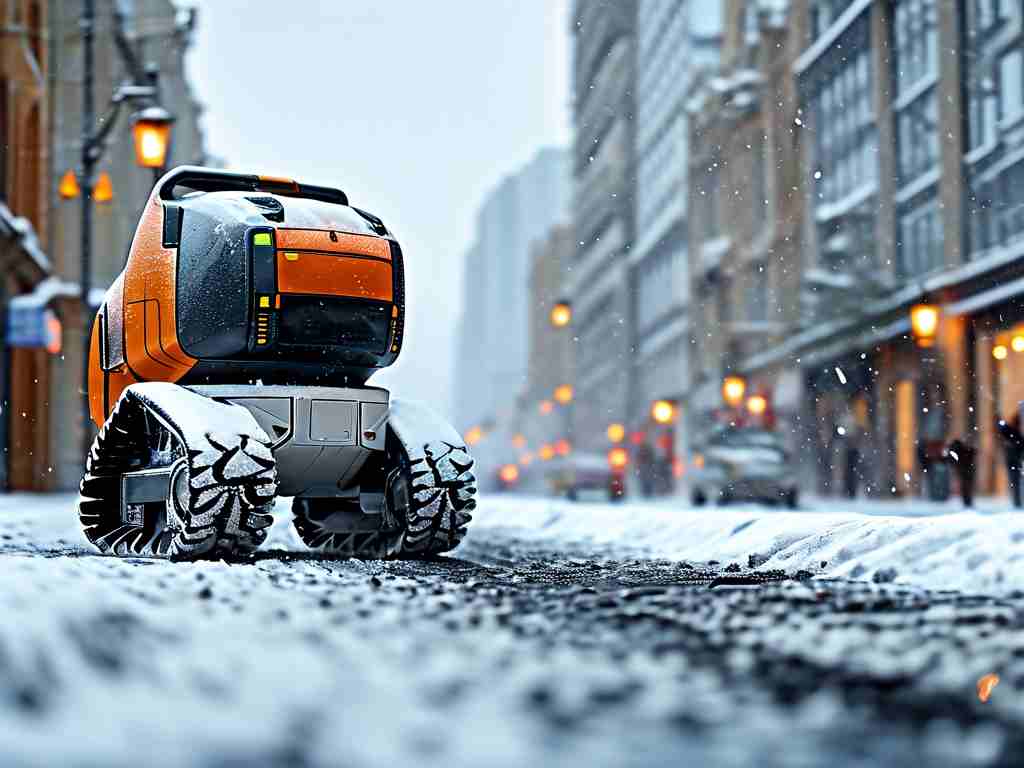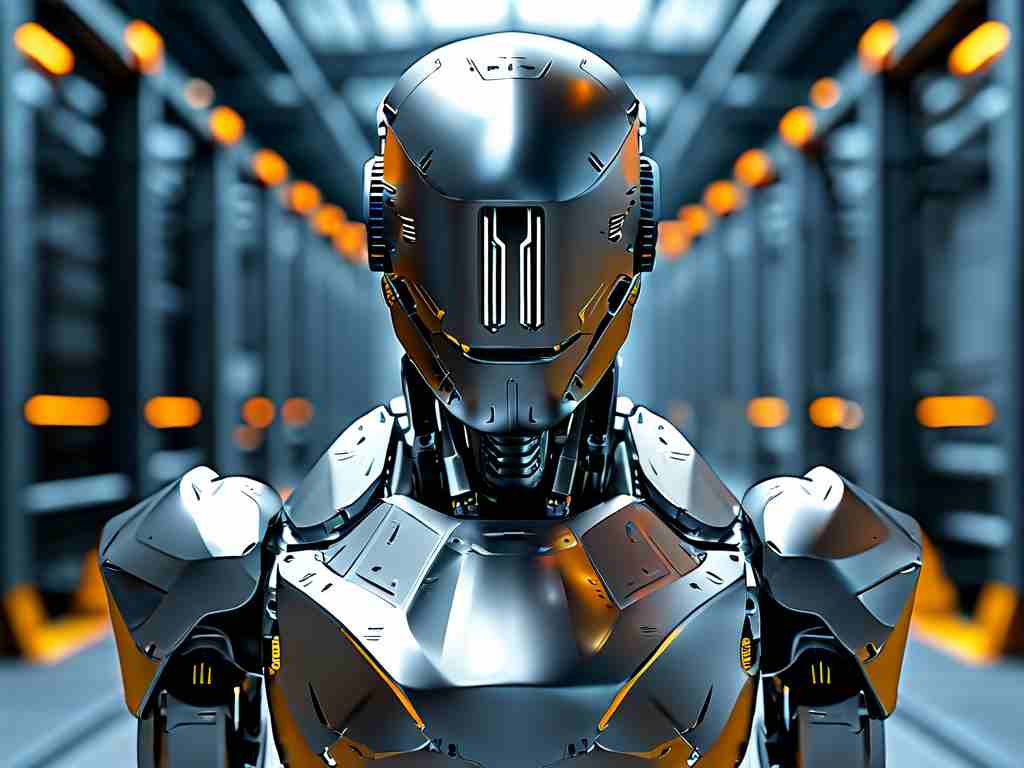As winter storms grow more unpredictable and severe, the demand for efficient snow removal solutions has surged. Traditional methods, such as manual shoveling and gas-powered plows, face challenges in scalability, environmental impact, and labor shortages. Enter autonomous snow removal robots—a cutting-edge innovation merging robotics, artificial intelligence, and environmental science to redefine winter maintenance.

The Evolution of Snow Removal Technology
The concept of mechanized snow removal dates back to the 19th century, but recent advancements in AI and sensor technology have propelled the field into a new era. Modern autonomous robots leverage lidar, GPS, and machine learning algorithms to navigate complex terrains, avoid obstacles, and optimize clearing paths. Companies like Snowbotix and AriensCo have pioneered models capable of operating in sub-zero temperatures while maintaining energy efficiency. For instance, the SnoBot X3 uses thermal imaging to detect hidden hazards like black ice, ensuring safer pathways for pedestrians and vehicles.
Key Features of Autonomous Snow Removal Systems
These robots are designed with modularity in mind. Swappable attachments allow them to shift between plowing, blowing, and de-icing modes, adapting to varying snow conditions. A standout feature is their ability to self-charge, enabling 24/7 operation during heavy snowfall. The EcoPlow 3000, for example, integrates solar-assisted charging, reducing reliance on fossil fuels. Additionally, cloud-based fleet management systems enable municipalities to coordinate multiple units across large areas, minimizing downtime and maximizing coverage.
Environmental and Economic Benefits
One of the most compelling advantages of robotic snow removal is its sustainability. Electric-powered models produce zero emissions, addressing growing concerns about air quality and carbon footprints. Cities like Oslo and Montreal have reported a 40% reduction in salt usage after deploying these robots, as precise application algorithms prevent over-salting—a common issue harming ecosystems. Economically, the long-term savings are significant. While the upfront cost of a single unit ranges from $10,000 to $50,000, municipalities save on labor costs, equipment maintenance, and snow disposal fees. A case study in Denver showed a 28% decrease in winter maintenance budgets within two years of adoption.
Challenges and Future Directions
Despite their potential, autonomous snow removal systems face hurdles. Harsh weather conditions can strain sensor accuracy, and public skepticism about machine reliability persists. To address this, developers are incorporating redundant sensor arrays and fail-safe mechanisms. For example, FrostMaster AI employs a hybrid navigation system that switches between GPS and inertial guidance during signal loss. Looking ahead, researchers are exploring swarm robotics—deploying fleets of smaller robots that collaborate like a hive mind. This approach could enhance speed and redundancy, particularly in densely populated urban areas.
Autonomous snow removal robots represent more than a technological novelty; they are a pragmatic response to climate-driven challenges. By blending innovation with sustainability, these systems promise safer winters, healthier ecosystems, and smarter cities. As AI continues to evolve, the next decade may see robots not only clearing snow but also predicting storms and pre-treating surfaces—ushering in a proactive era of winter preparedness.









